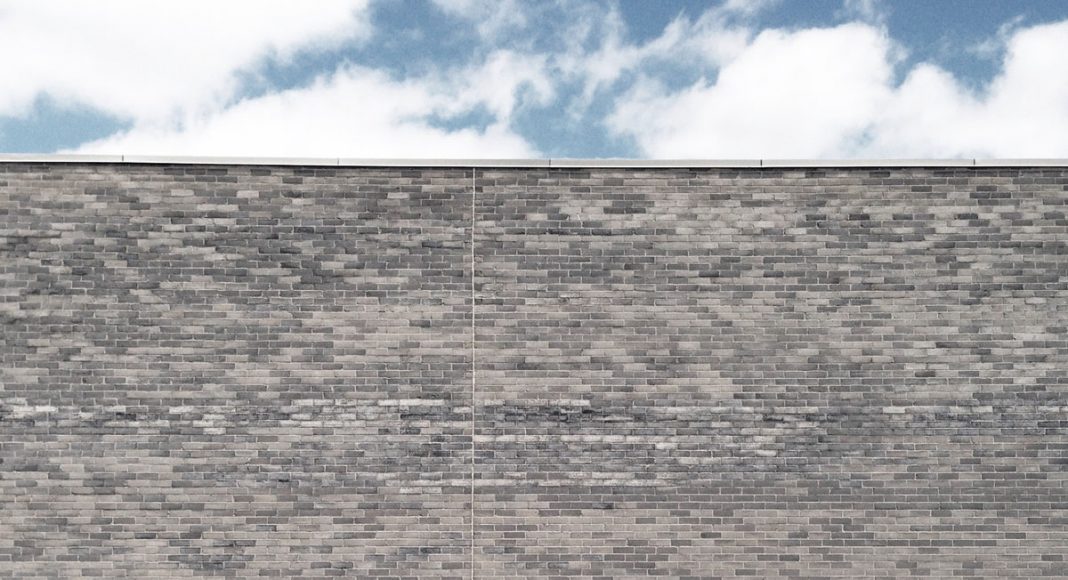“They’re bringing drugs” is what Donald Trump said about Mexican immigrants like me during his campaign. While there is a lot to say about his remarks, today I want to talk about his proposed solution for stopping the flow of drugs from Mexico into the United States: the wall.
For a businessman, President Trump seems to ignore basic economic principles. These are the principles that guide the movement and consumption of drugs in the United States. Supply follows demand. Until the U.S. addresses addiction and problematic substance use, the production and distribution of drugs will not be reduced, no matter how many walls we build.
Decades of distribution crackdowns, mass incarceration, and other tough-on-drugs tactics prove these principles are true. The federal government has spent more than a trillion dollars on supply reduction strategies over the past forty years. Yet, drugs remain cheap and widely available. At the same time, new challenges such as prescription opioid addiction continue to arise. Unfortunately, President Trump’s billion dollar wall follows the logic of these tough-on-drugs tactics: stop the supply.
Many elected officials, however, now recognize a demand-side approach is more cost-effective at reducing harmful drug use. President Trump, himself, rightfully highlighted the need for drug treatment during his first Congressional address.
A study by the RAND Corporation found that every dollar invested in drug treatment, meant to reduce drug demand, returns taxpayers $7.46 in societal costs — which would cost fifteen times as much in supply-side expenditure to achieve. If President Trump is truly committed to tackling drug use, he should propose investing those billions of dollars from the wall on medication-assisted treatment, syringe programs or medical research instead of a wall. After all, a good businessman should choose projects with the highest chance of return in investment.
A quick look at drug policies adopted in other countries demonstrate the success of demand reduction strategies. In Portugal, Switzerland, Australia and Brazil, safe injection facilities have played a major role in reducing cases of HIV and other infectious diseases. In Canada, overdose deaths have dropped and more people struggling with addiction have sought treatment thanks to these facilities. In the United Kingdom, Germany and Denmark, a marked decrease in ‘street’ heroin use happened due to the use of drug replacement and maintenance therapy. The world is at a tipping point in how we address harmful drug use.
-
Related Story: Marijuana Legalization Must Include Justice Reform
The United States must choose between the same failed tactics or a new, public health, approach to drug use. President Trump’s wall fits within the former not the later.
I want to clarify that I understand the President’s concerns with drug cartel violence. I, myself, moved to the United States out of concern for my safety, amidst Mexico’s own war on drugs. But, once again, if we wish to stop funding these organizations, we need to reduce demand at home. The best way to do this is to expand treatment not build walls.
Diana Davila writes for the Drug Policy Alliance.
[gravityform id=”13″ title=”false” description=”true”]


